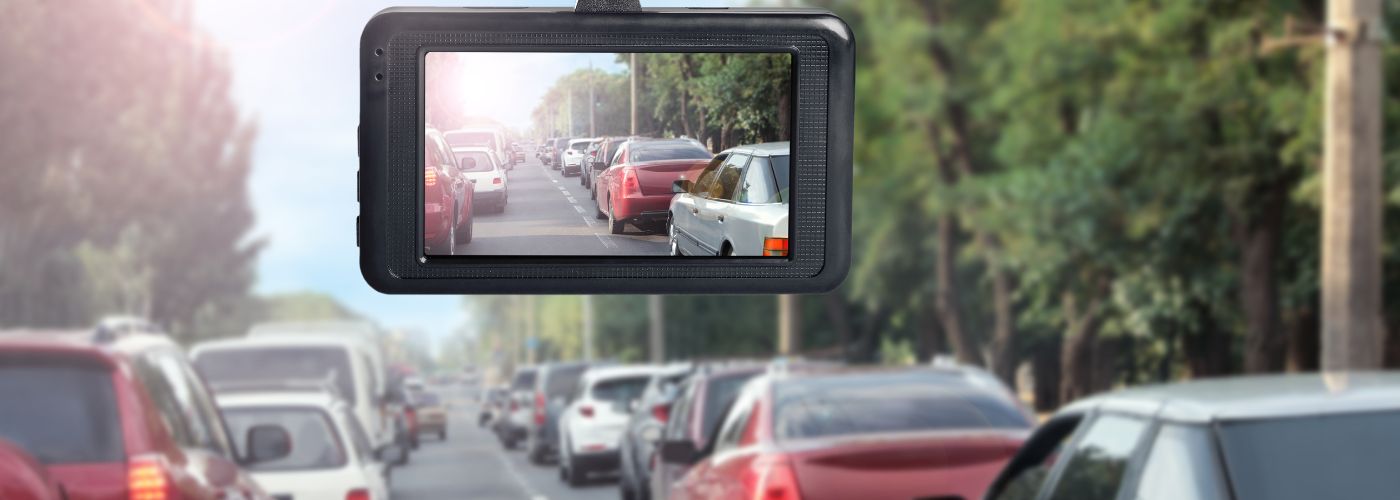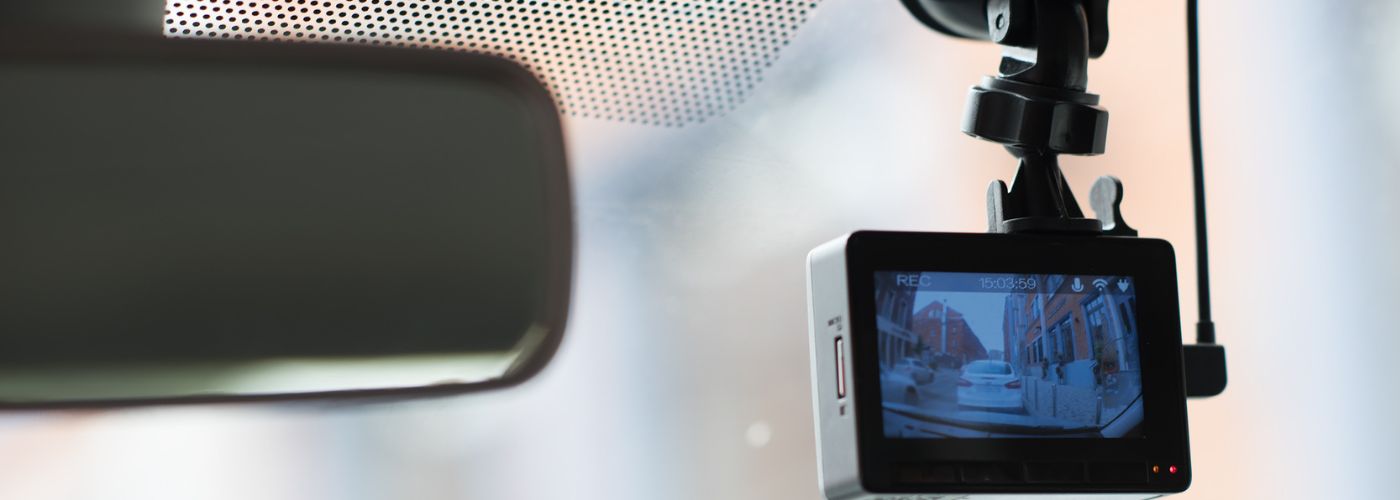In the modern landscape of technological advancements, dash cams have emerged as invaluable tools, especially in the realm of auto accidents. Understanding their role, proper usage, and legal implications can significantly impact the outcome of a personal injury case.
Let’s delve into the nuances of dash cams and their relevance in legal proceedings.
What Is A Dash Cam?
A dash cam, short for dashboard camera, is a small, specialized video camera mounted on a vehicle’s dashboard or windshield.
Primarily designed to record the view through the front or rear window, these devices capture real-time footage as you drive. The footage is stored on an internal memory card, providing a continuous loop of recording.
These recordings can be absolutely crucial in capturing unexpected incidents, including unsafe driving, violations of traffic laws, and car accidents. In the event that you find yourself in need of a personal injury attorney, your lawyer may potentially be able to use dash cam footage to strengthen your case.
Where To Mount A Dash Cam
Mounting your dash cam in the right location is crucial for it to serve its purpose effectively. The optimal position ensures it captures a clear and comprehensive view of the road, providing valuable footage in the event of an accident or incident. Here are key considerations for mounting your dash cam:
Behind the Rearview Mirror: The ideal placement for your dash cam is typically behind the rearview mirror on the windshield. This strategic location minimizes obstructions and provides an unobstructed field of view.
Central Location: Choose a central location to ensure the dash cam captures a balanced view of both the road and your vehicle’s interior. This perspective is valuable for assessing the entire scene in the case of an incident.
Avoiding the Driver’s Line of Sight: While the dash cam needs to be centrally located, it’s crucial to position it in a way that doesn’t obstruct the driver’s line of sight. Placing it discreetly behind the rearview mirror helps maintain visibility.
For bikers interested in protecting themselves in the case of motorcycle accidents, dash cams specifically designed for motorcycles may be worth using.
Can Dash Cam Footage Be Used In Court?
One of the primary benefits of dash cam footage is its admissibility as evidence in court. The objective nature of video recordings can significantly strengthen your case in an auto accident claim. Courts often consider dash cam footage as a reliable and unbiased account of the events leading up to and during an accident.
Presenting dash cam footage can serve various purposes:
Establishing Fault: Clear footage can help determine fault by providing an accurate depiction of the events leading to the accident. This can be instrumental in establishing liability.
Recreating the Scene: Dash cam footage allows for a virtual recreation of the accident scene, providing a visual representation of the circumstances surrounding the collision. This may be especially useful in more complex situations, such as those involving pedestrian right of way.
Verifying Witness Statements: In cases where witness statements play a role, dash cam footage can serve as an objective record, either corroborating or challenging the accounts provided.
However, it’s essential to ensure the footage meets certain criteria for admissibility, such as clarity, relevance, and authenticity. Consultation with legal professionals can guide you on how to appropriately introduce dash cam evidence in court.
Can Dash Cam Footage Be Used Against You?
While dash cam footage is generally an asset, it’s crucial to be aware that it can potentially be used against you. The footage might capture actions or statements that could be misconstrued or taken out of context. To mitigate this risk:
Adhere to Traffic Laws: Ensure your actions while driving align with traffic laws and regulations. Any violations recorded by the dash cam could be used against you.
Avoid Incriminating Statements: Be mindful of your words when involved in an accident. Statements made in the heat of the moment can be included in the footage and potentially used against you.
Regularly Review Footage: Periodically review your dash cam footage to identify any potential issues. This proactive approach allows you to address concerns before they become legal challenges.
It’s important to strike a balance between the benefits and potential risks of using dash cams. Regularly updating yourself on the legal landscape and seeking professional advice ensures you make informed decisions when utilizing this technology.
The use of dash cams in auto accidents can be a valuable asset, providing an objective record of events that can significantly impact the outcome of personal injury claims. Understanding the proper use and potential legal implications of dash cam footage is essential for leveraging this technology effectively in the pursuit of justice.




Can You Sue For A Concert Injury?
What happens when that euphoric experience takes a sudden turn for the worse? From accidental
Oct
Who Is Responsible For Injuries At Las Vegas Airbnb Rentals?
Travelers coming to Las Vegas are choosing Airbnb rentals for their stay over traditional costly
Oct
Is It Illegal If Your Headlights Too Bright In Las Vegas
With an increasing number of vehicles equipped with ultra-bright LED lights, questions arise about what
Sep
How To Deal With An Out-of-State Accident
Imagine cruising down the scenic highways of a new state, basking in the thrill of
Sep